- Modern Movement in the U.S.
- FLW Buildings: A Complete Listing
- Powerpoint: FLW :The Building Beautiful
- Organic Architecture
- Prairie School
- Usonian
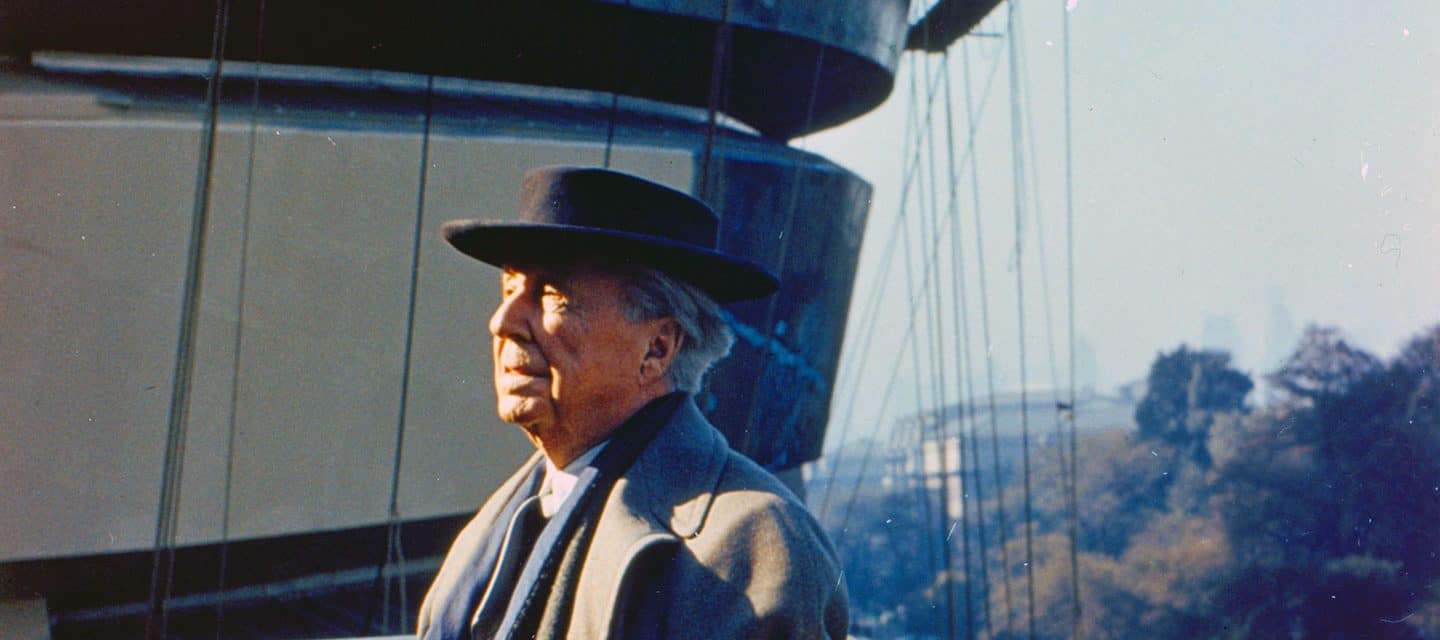 Frank Lloyd Wright (June 8, 1867 – April 9, 1959) was an American architect, designer, writer, and educator. Wright changed the way we build and live. Designing 1,114 architectural works of all types — 532 of which were realized — he created some of the most innovative spaces in the United States. With a career that spanned seven decades before his death in 1959, Wright’s visionary work cemented his place as the American Institute of Architects’ “greatest American architect of all time.”
Frank Lloyd Wright (June 8, 1867 – April 9, 1959) was an American architect, designer, writer, and educator. Wright changed the way we build and live. Designing 1,114 architectural works of all types — 532 of which were realized — he created some of the most innovative spaces in the United States. With a career that spanned seven decades before his death in 1959, Wright’s visionary work cemented his place as the American Institute of Architects’ “greatest American architect of all time.”
“The mission of an architect is to help people understand how to make life more beautiful, the world a better one for living in, and to give reason, rhyme, and meaning to life.”
– FRANK LLOYD WRIGHT, 1957
Wright came onto the scene at a time when the United States was struggling to define its architectural identity.
Most fashionable Americans still wanted their buildings—like themselves—dressed in European styles. To Wright, who believed that architecture was “the mother of all the arts,” this was unacceptable. Wright loved his country—its landscape, its people, its democratic ideals—and felt that the country desperately needed an architecture to reflect and celebrate its unique character: a truly American architecture. Wright would remain passionately devoted to this cause throughout his life.
Long before our modern emphasis on constant communication, Wright recognized that structure and space could themselves be powerful tools with which to create and convey cultural values. As such, he created dramatic new forms to promote his vision of America; a country of citizens harmoniously connected, both to one another and to the land. The primacy that his residential architecture gave to the hearth, the dining table, the music rooms, and the terrace, underscores this. His celebration of the human scale, his emphasis on creating a total environment, and the warmth that pervades all of Wright’s spaces, from the monumental to the miniscule, would warrant him a seat at any contemporary discussion panel on ‘placemaking.’ Furthermore, his approach to creating an architecture that appeared naturally linked to its surroundings, both in form and material, presaged many of today’s sustainability concerns. While American society may have changed markedly since the early 1900s, the underlying beliefs that Wright worked to uphold remain remarkably pertinent today.
ASSIGNMENT:
You will be assigned one of the houses designed by FLW shown below. Your 3–6 page paper should present the design innovations exhibited by your assigned house. It must be focused on FLW’s design thinking related specifically to this house. However, you might reference FLW’S general or overall design thinking develpment as a broader context for understanding the specifics in your house.
Follow Design Thinking Research Paper Guidelines to help you with formatting and addressing all necessary writing requirements.
Below are examples of research questions/prompts. You may choose one of these research questions to prompt your individual thesis direction. However, you may also choose to develop a completely different thesis based on a different research question from the ones below.
- Specific Research Questions/Prompts that may help you form a Thesis:
- Was FLW’s philosophy—his Design Thinking—realized in the house design assigned to you? (Usonian, Prairie School, etc.)
- How did the house relate to it’s specific environment? (local materials, “gracing the location, not disgracing it”, etc.)
- What were the building materials and/or construction/engineering innovations that the house introduced to architecture? (cantilevers, reinforced concrete, patterned concrete blocks, etc.)
- What is the specific distinguishing design feature(s) of the house? (What makes it unique?)
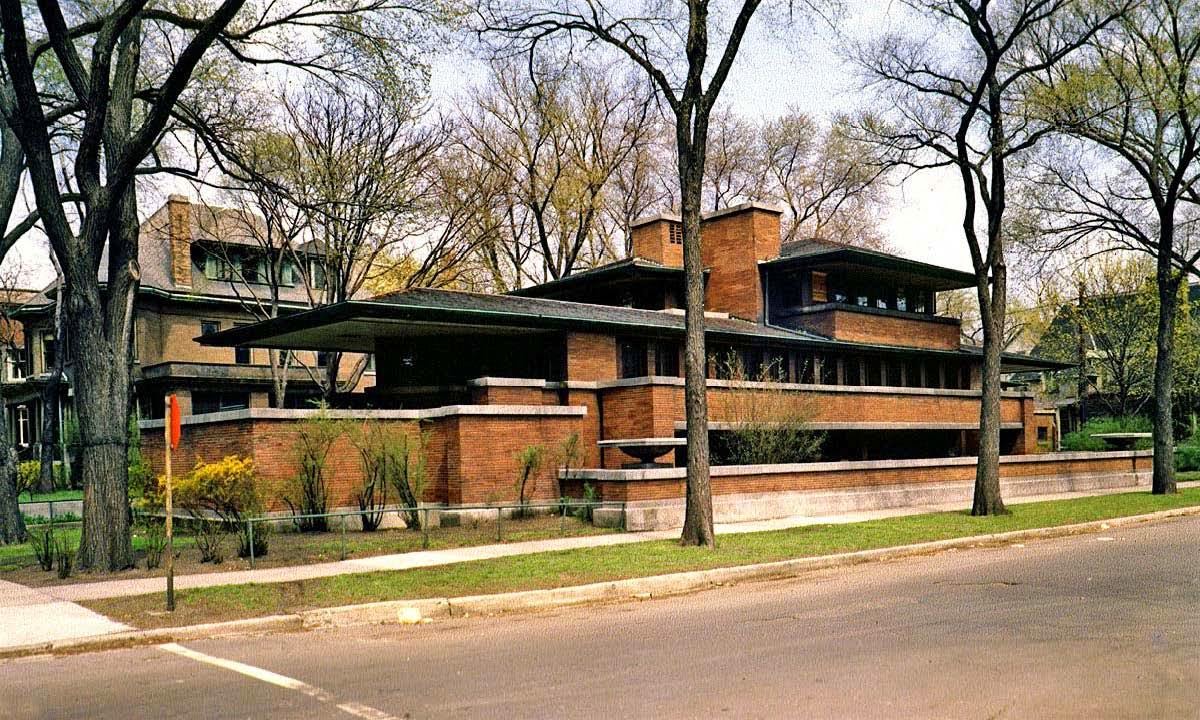
Robie House—Hyde Park (Chicago) 1909–10
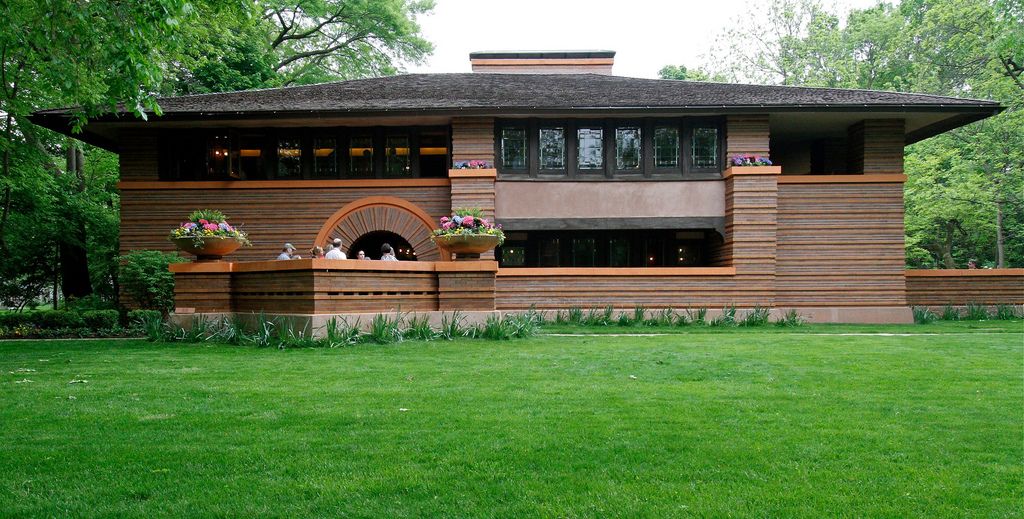
Arthur & Grace Heurtley House—Oak Park, 1902
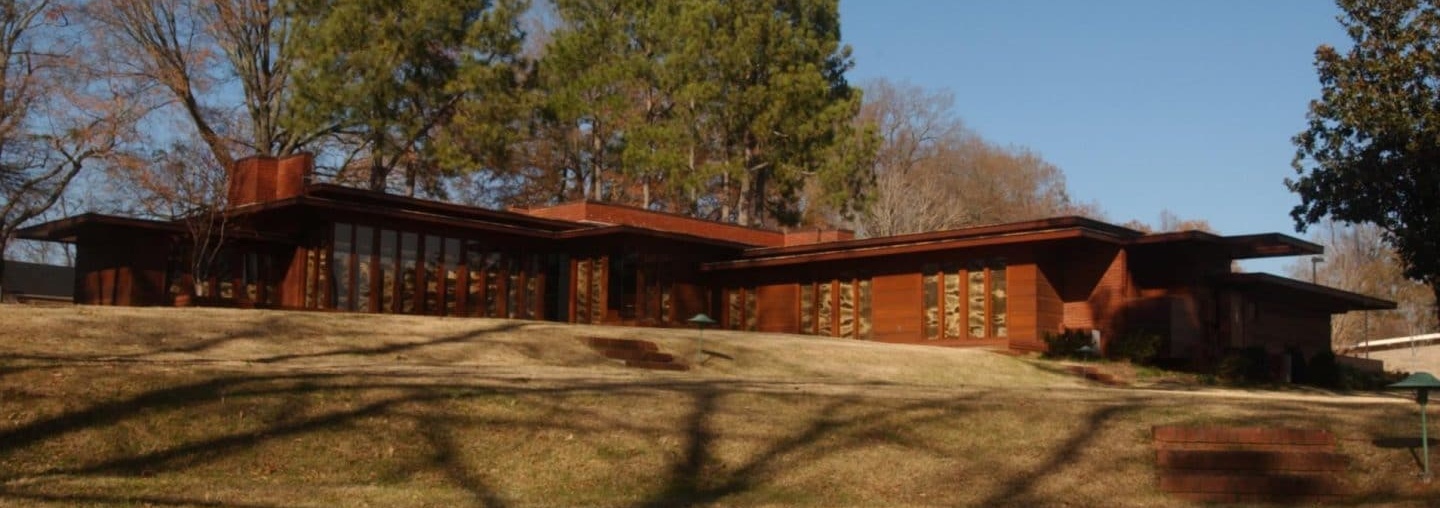
Stanley & Mildred Rosenbaum House—Florence, AL, 1939
-

Hollyhock House—East Hollywood, LA, 1919–1921
-
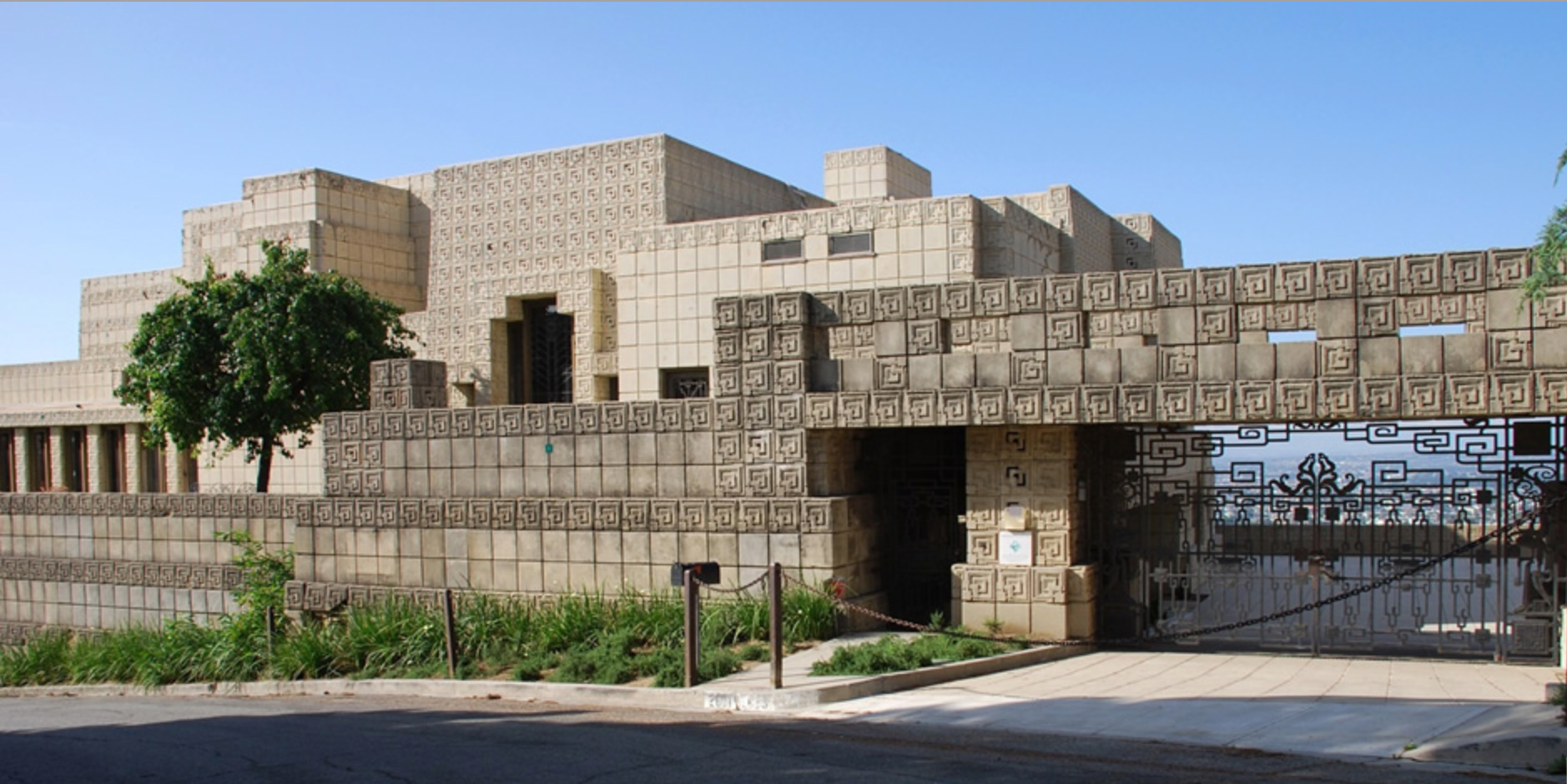
Ennis House—LA, 1923–24
-
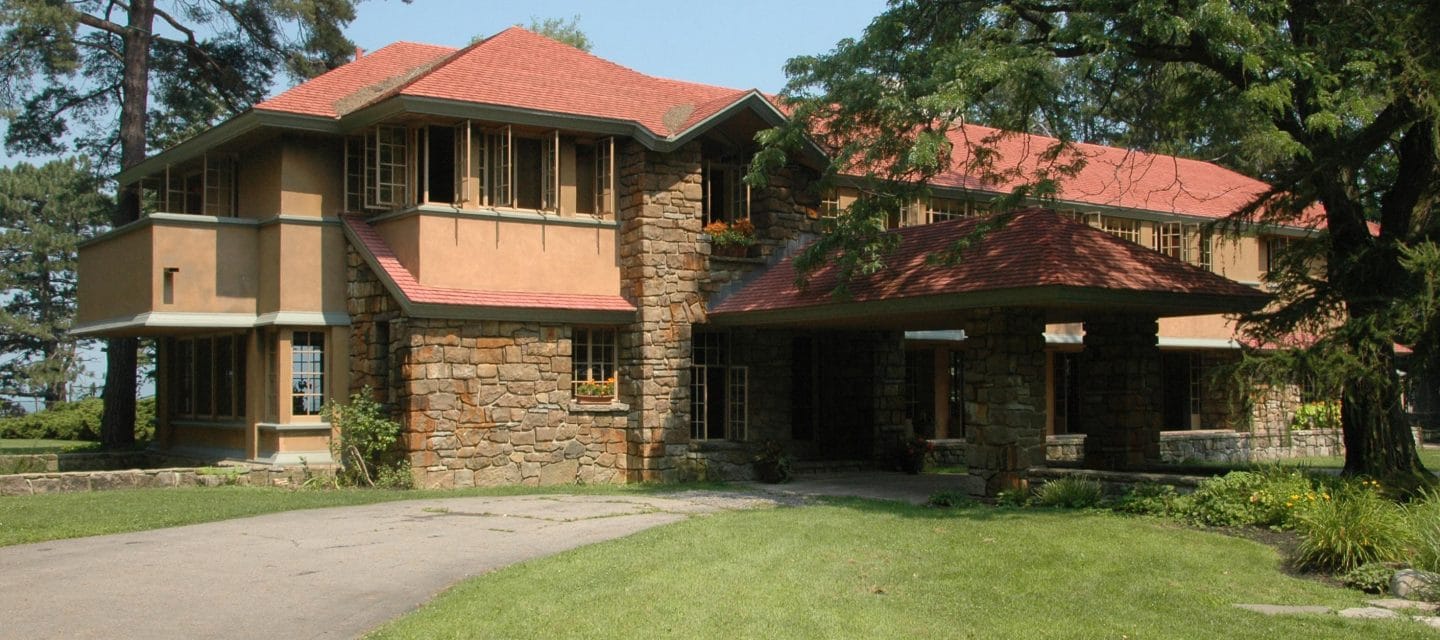
Graycliff-Isabelle Martin House—Derby (Buffalo) 1926–31
-

Emil Bach House—Chicago 1915
-

David and Gladys Wright House—Phoenix, 1950
-

Ward Winfield Willits House—Highland Park, 1901
-
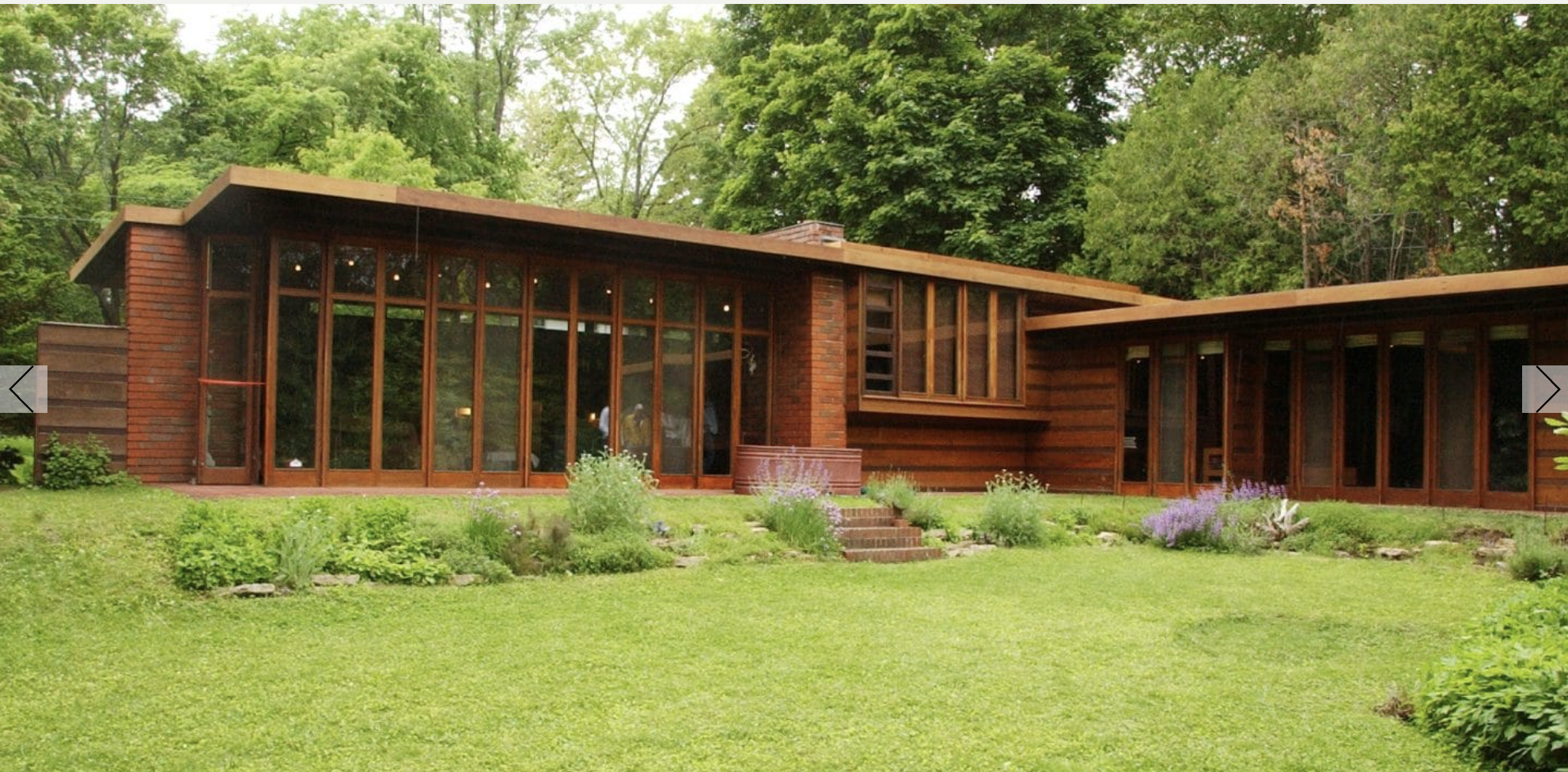
Herbert Jacobs House, Madison—1936
-
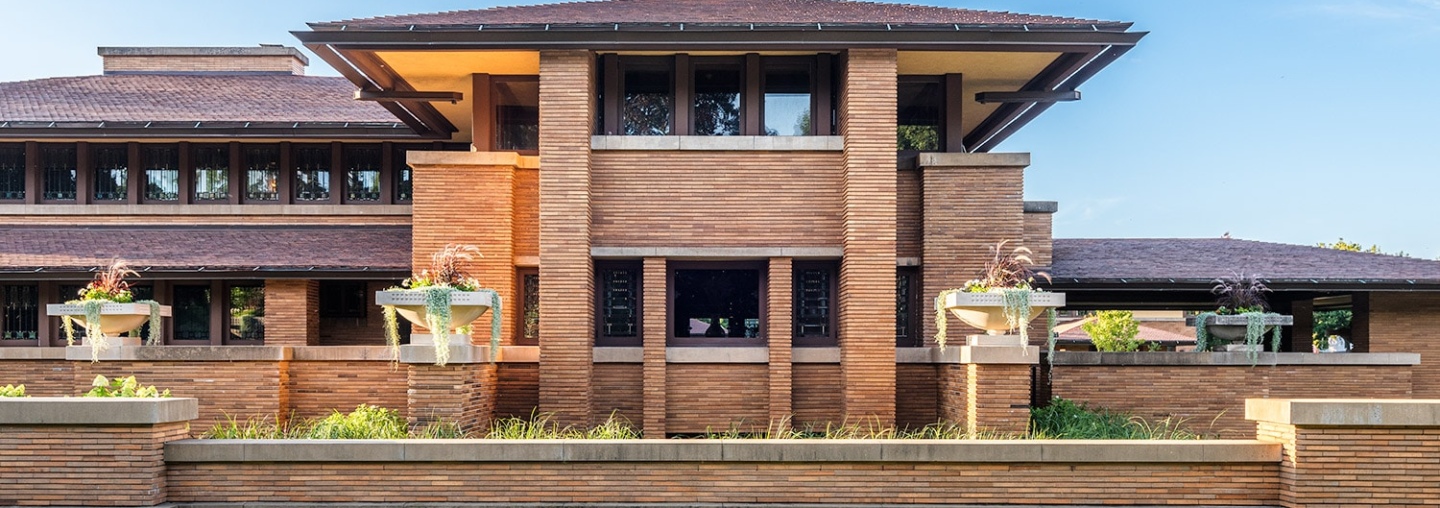
Darwin Martin House—Buffalo, 1905
-

Malcom & Nancy Willey House—Minneapolis, 1934


























